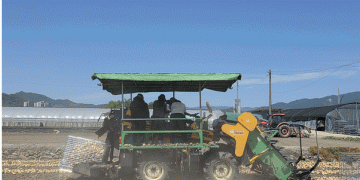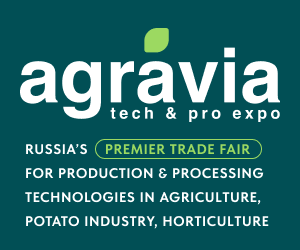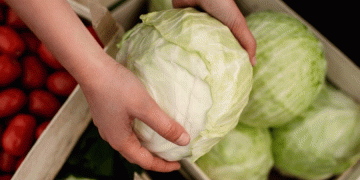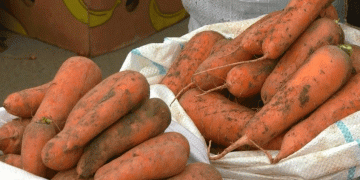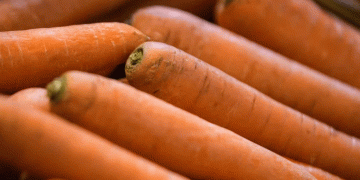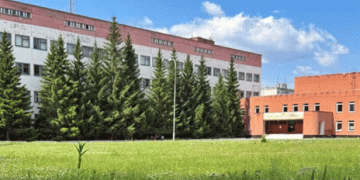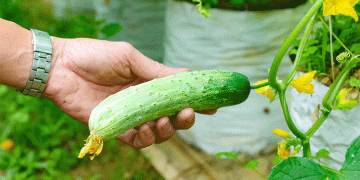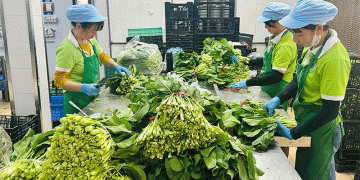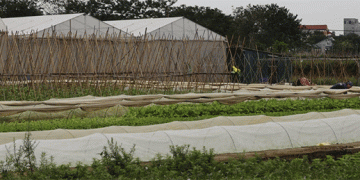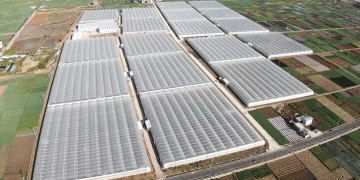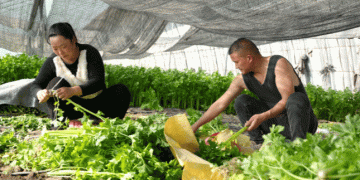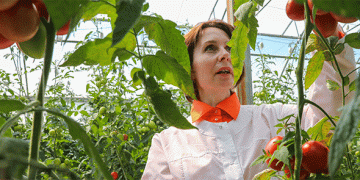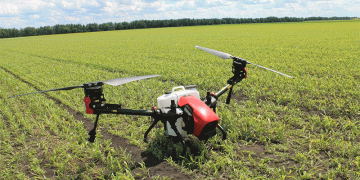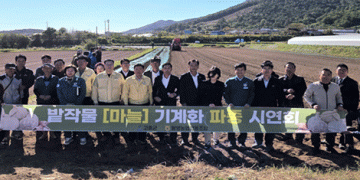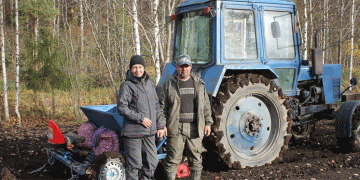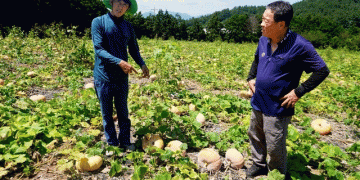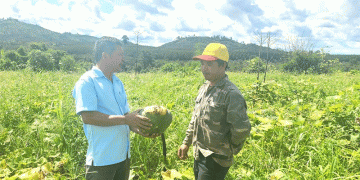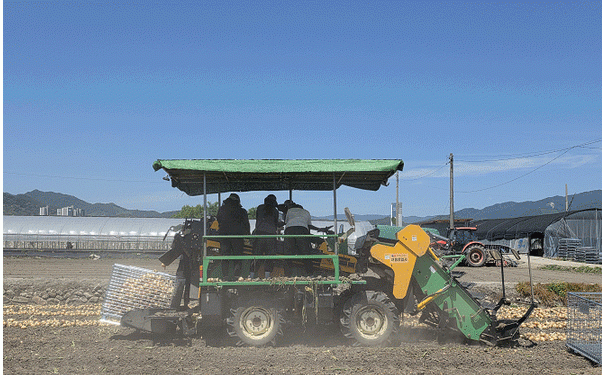Onion farming, a staple of South Korea’s agricultural sector, has long relied on manual labor, particularly for planting and harvesting. According to 2024 data from the RDA, mechanization rates vary significantly across farming stages:
- Land preparation (plowing/leveling): 100%
- Transplanting (seedling planting): 24.8%
- Pest control: 99.8%
- Harvesting: 36.2%
This disparity highlights critical gaps in mechanization, especially in labor-intensive stages like transplanting and harvesting.
RDA’s Comprehensive Mechanization Model
To reduce dependency on manual labor, the RDA has developed an end-to-end mechanized farming model, integrating:
- Optimized Cultivation Techniques
- Mechanical transplanting: Seedling production methods adapted for machine use.
- Standardized planting system: 6-row beds (ridge width: 120 cm, plant spacing: 12–15 cm) for efficient machine harvesting.
- Specialized Machinery
- Onion stem cutters
- Lifters and harvesters that gather onions into rows
- Collection machines
- Post-Harvest Innovations
- Pre-drying and long-term storage tech to maintain quality.
Dramatic Cost and Labor Savings
The results are striking:
- Labor reduction: From 45.2 hours per 10 acres to just 8.2 hours (82% decrease).
- Cost savings: Production costs dropped from 899,000 KRW to 212,000 KRW per 10 acres (76% reduction).
Expanding Beyond Onions
The RDA plans to extend mechanization to other labor-intensive crops, including potatoes, peppers, garlic, and soybeans, focusing on planting, transplanting, and harvesting automation.
Mechanized onion farming is no longer a futuristic concept—it’s a proven, cost-effective solution addressing labor shortages and boosting efficiency. With further advancements, Korea’s agriculture sector could see widespread adoption, ensuring stable production of essential crops.
